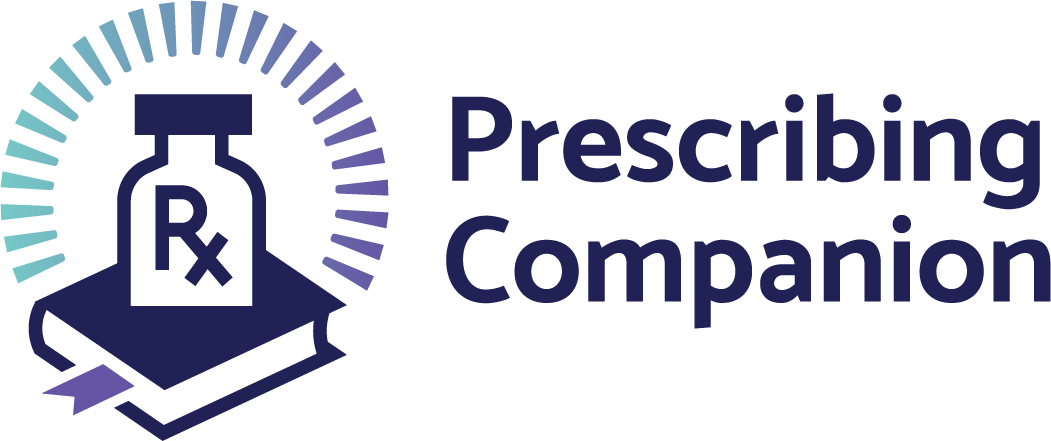HIV Testing Services
exp date isn't null, but text field is
Description
HIV testing services (HTS) include the full range of services that should be provided together with HIV testing which include counselling (pre-test information and post-test counselling); linkage to appropriate HIV prevention, treatment and care services, and other clinical and support services; and coordination with laboratory services to support quality assurance and the delivery of correct results.
HTS should be done at all health service delivery points within the facility, as well as in the community, as an efficient and effective way to identify people living with HIV (PLHIV), including the priority and key populations.
Early Infant Diagnosis
For children < 24 months old who are breast-feeding, the mother should be tested first. If she is HIV-positive, perform a Nucleic Acid Test (NAT) which can be done on the HIV-Exposed Infant (HEI), regardless of age. NAT can be performed on either a Dried Blood Spot (DBS) which is sent to the laboratory or fresh blood sample using a Point-of-Care (POC) machine. The advantage of POC technologies is that they are available at the point of service delivery and offer same-day results. Infants who have HIV detectable by NAT at birth are likely to have been infected in-utero. These infants will progress to disease rapidly, and, in the absence of treatment, will experience high mortality in the first few months of life. Infants infected at or around delivery may not have the virus detectable by NAT for several days to weeks. The ability of NAT to detect the virus in the blood may be affected by ARV drugs taken by the mother or infant for postnatal prophylaxis, resulting in false-negative results. This includes drugs present in breast milk because of maternal ART during breast-feeding.
